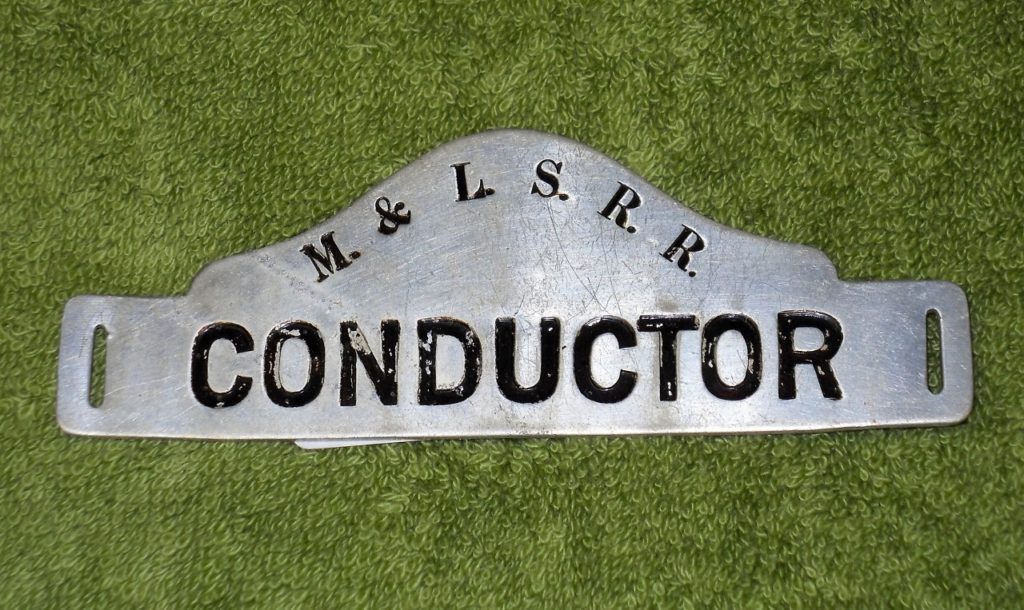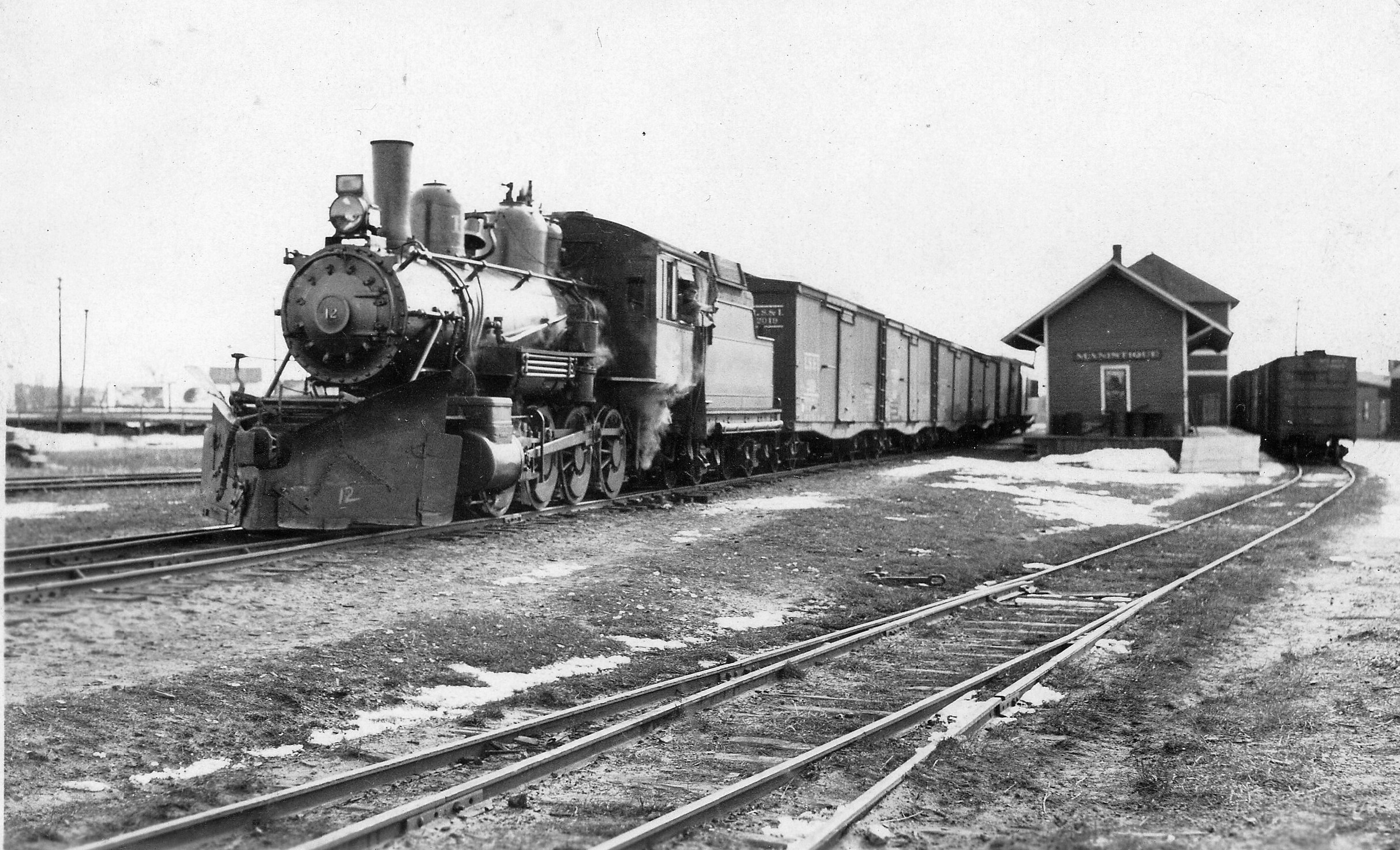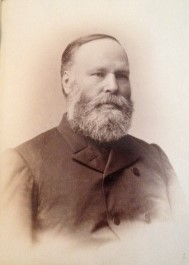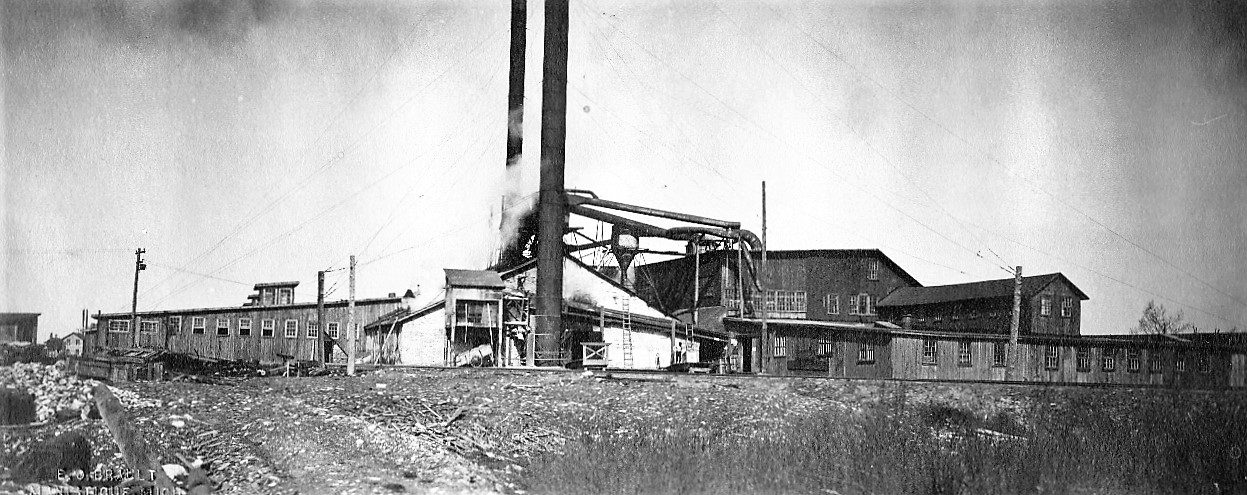
Manistique and Lake Superior Railroad conductor hat badge donated by Gregory R. Miller (2015)
The Story of the Hat Badge
The above pictured hat badge was generously donated to the Historical Society by Gregory R. Miller in 2015. Mr. Miller writes: “Shortly before the demise of the M. & L.S. R.R. [in 1968], I was taking pictures of the recently painted snow plow. The boxcar color had given way to a bright fire-engine red. I was noticed by an employee of the railroad who asked if I wanted to see the inside. Of Course! He proceeded to show me the snowplow and gave me a tour of their still standing engine house. I was also told of the railroad’s history, shown pictures and given the conductor’s badge as a souvenir.”



